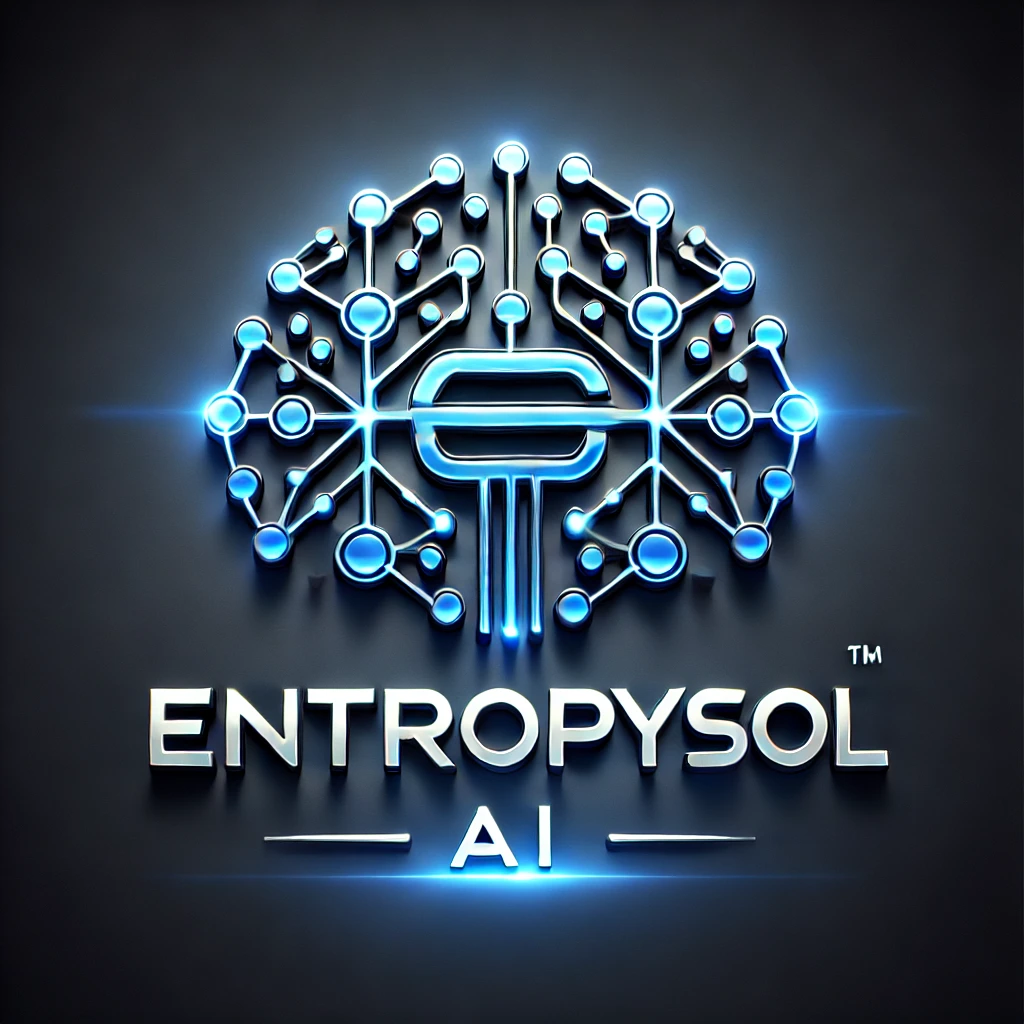In the evolving journey of artificial intelligence, Deep Learning stands as a revolutionary leap forward. As a specialized subset of machine learning, Deep Learning harnesses highly complex Artificial Neural Networks to achieve unparalleled performance in tasks that were once thought to be exclusively human domains. It’s the driving force behind many of the most impressive AI achievements shaping our modern world, from voice assistants to autonomous vehicles.
What Exactly is Deep Learning?
Deep Learning distinguishes itself from traditional machine learning by utilizing Artificial Neural Networks with multiple hidden layers hence the term “deep.” While standard neural networks might have one or two hidden layers, deep neural networks can have tens, hundreds, or even thousands. This architectural depth allows them to learn hierarchical representations of data, automatically discovering intricate patterns and features without explicit programming.
Think of it like this: a shallow network might recognize basic shapes. A deep network can combine those basic shapes into objects, and those objects into scenes, learning increasingly abstract concepts with each successive layer. This multi-layered structure is what gives Deep Learning its extraordinary power in processing complex, high-dimensional data.

How Does Deep Learning Work and Why Does It Matter?
The true power of Deep Learning lies in its ability to learn from vast amounts of data. Unlike traditional machine learning, which often requires human engineers to manually extract relevant features from data, deep learning models can learn these features directly from the raw input. This process, known as feature learning or representation learning, automates a labor-intensive step, significantly enhancing efficiency and accuracy.
Deep Learning models are typically trained on enormous datasets, allowing them to identify subtle patterns and correlations. The more data they process, the better they become. This capability is particularly vital when dealing with unstructured data like images, audio, and text, where human-defined features are often insufficient. Architectures like Convolutional Neural Networks (CNNs) excel in image processing, while Recurrent Neural Networks (RNNs) and Transformers dominate sequential data tasks like natural language processing.
Key Applications Driving Deep Learning’s Impact
Deep Learning is not merely a theoretical concept; it’s actively transforming numerous sectors and powering everyday technologies:
- Computer Vision: Enabling facial recognition, object detection in self-driving cars, and medical image analysis for disease diagnosis.
- Natural Language Processing (NLP): Powering sophisticated language translation, text summarization, sentiment analysis, and the capabilities of large language models (LLMs).
- Speech Recognition: Allowing virtual assistants like Siri, Alexa, and Google Assistant to understand spoken commands.
- Recommendation Systems: Improving personalized content suggestions on streaming platforms and e-commerce sites.
- Drug Discovery: Accelerating the identification of new drug candidates and understanding protein structures.
Deep Learning: Shaping the Future of Enterprise AI
As enterprises seek more robust, scalable, and intelligent AI solutions, Deep Learning stands out as a pivotal technology. Its capacity to automate complex feature engineering, process massive datasets, and achieve near-human performance in specific tasks makes it indispensable for businesses aiming to derive deeper insights and build smarter applications. Embracing Deep Learning is crucial for organizations ready to navigate the complexities of data-driven decision-making and innovation.

One response to “Deep Learning Demystified: Unlocking AI’s Most Advanced Capabilities”
Well described .